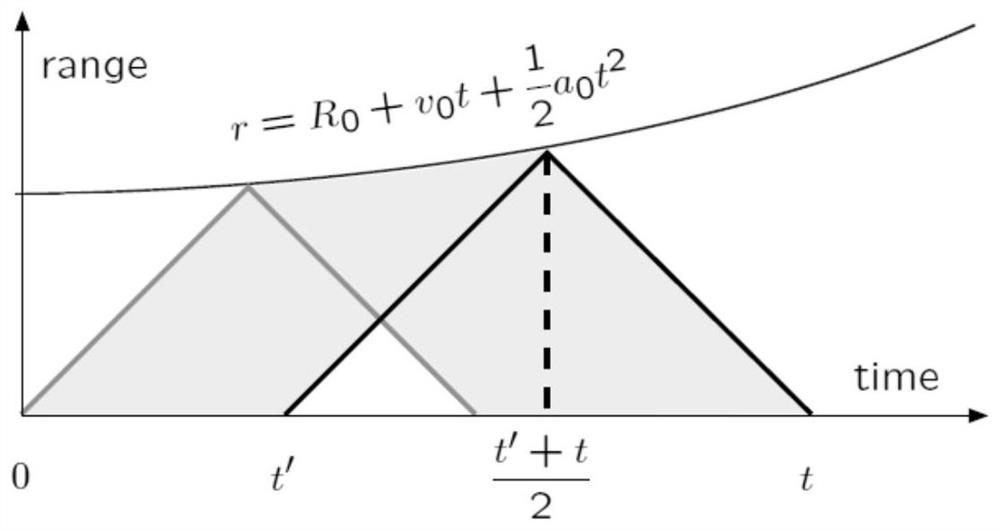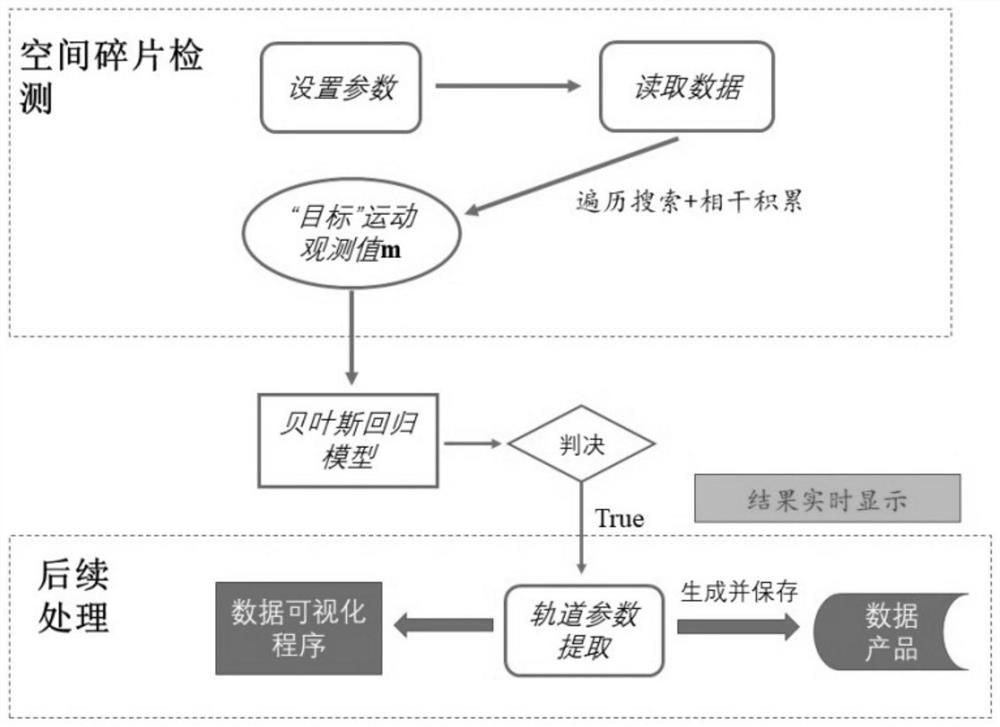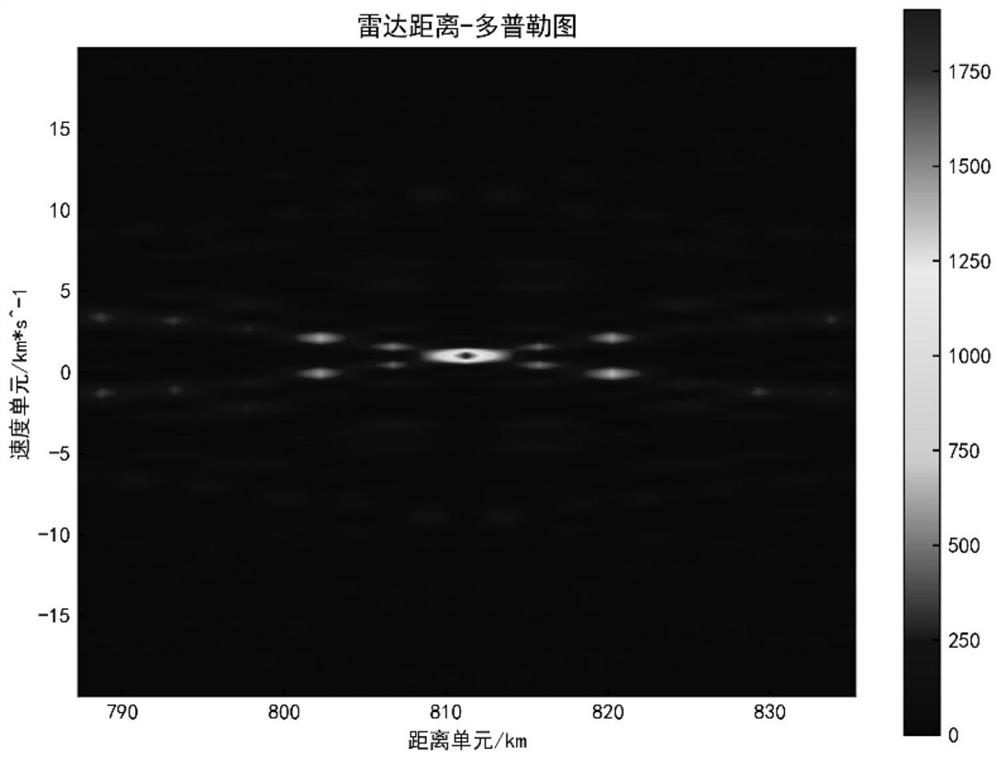A Method of Small-Size Space Debris Detection and Parameter Extraction Based on Incoherent Scatter Radar
A technology of incoherent scattering and space debris, used in measurement devices, re-radiation, radio wave measurement systems, etc., to improve measurement accuracy, overcome accumulated losses, and have wide applicability
- Summary
- Abstract
- Description
- Claims
- Application Information
AI Technical Summary
Problems solved by technology
Method used
Image
Examples
Embodiment 1
[0060] Example 1: The main parameters of the Meridian Project Qujing incoherent scattering radar (the first set in my country, which is operated and managed by the 22nd Institute of CETC) are:
[0061] working frequency 500MHz transmit peak power 2MW maximum duty cycle 5% pulse repetition period 1-20ms (eg 12ms) antenna gain 41dB System noise temperature 130K detection method beam field observation
[0062] The workflow can be found at figure 2 , the specific implementation process is as follows:
[0063] (1) First, read in the two-dimensional baseband IQ sampling signal
[0064] χ(m,p), m=1,2,...,M, p=1,2,...,P; M is the total number of sampling points in the range gate in a single IPP, and P is the total number of IPPs read. And read in the detection parameters, including the starting height h of the radar range gate 0 , the maximum radial velocity v max (Generally set to 5km / s), the number of accumulated pulses N,...
PUM
 Login to View More
Login to View More Abstract
Description
Claims
Application Information
 Login to View More
Login to View More - R&D
- Intellectual Property
- Life Sciences
- Materials
- Tech Scout
- Unparalleled Data Quality
- Higher Quality Content
- 60% Fewer Hallucinations
Browse by: Latest US Patents, China's latest patents, Technical Efficacy Thesaurus, Application Domain, Technology Topic, Popular Technical Reports.
© 2025 PatSnap. All rights reserved.Legal|Privacy policy|Modern Slavery Act Transparency Statement|Sitemap|About US| Contact US: help@patsnap.com



